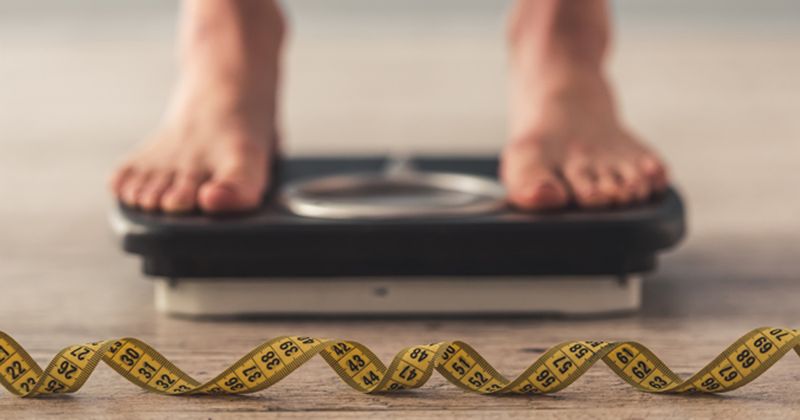Study links COVID-19 pandemic to weight gain among children in US
Key takeaways:
- Children evaluated during the pandemic were more likely to be heavier than peers before the pandemic.
- Authors also noted a 24% increase in annual weight gain for females from lower income families.
Children aged 10 to 12 years gained more weight during the COVID-19 pandemic than peers assessed before the pandemic, according to a study published in JAMA Pediatrics.
Recent studies have shown that medical spending is higher for youth with obesity, and that Black and Hispanic children gained more excess weight during the pandemic.

“The Adolescent Brain Cognitive Development study, or the ABCD study, is the largest study of youth in the United States,” Elizabeth R. Sowell, PhD, director of the Developmental Cognitive Neuroimaging Laboratory at the University of Southern California’s Keck School of Medicine and co-author of the new study, told Healio.

“Between 2016 and 2018, myself and 21 other sites across the country recruited 11,000 9- and 10-year-old children,” Sowell said. “We've continued to follow them today, and we will continue to follow them through at least 2027.”
A 2-year recruitment period before the COVID-19 pandemic allowed for an interesting development, Sowell said.
“The children who just happened to have been recruited in the second half of the second year happened to have their follow-up assessments after the pandemic,” Sowell said. “The only difference between the two groups we're looking at is when they were recruited, so this allowed us kind of a perfect natural experiment to begin to understand how individual changes differed as a function of the pandemic.
“We're interested in a lot of things that this natural experiment provides us the opportunity to do, but one of the obvious ones was looking at their physical health and just knowing what the pandemic did to people's lives in terms of physical activity, things like nutrition and weight gain were kind of an obvious one to look at first.”
The study examined the effect of the pandemic on BMI among children aged 10 to 12 years using a cohort of 6,359 children assessed before the pandemic and 1,095 assessed during it.
The data showed greater longitudinal increases in BMI in both male and female participants exposed to the pandemic compared with controls, and that females during the pandemic gained an average of 6.8 kg per year, 11.2% more than pre-pandemic female youth. Males’ average weight increased by 15.9% between periods, from 5.7 kg to 6.6 kg per year. Additionally, exposure to the pandemic was associated with a 24% increase in annual weight gain for females from lower income families.
“We definitely predicted that weight gain would be higher in the kids who happen to be studied after the pandemic started,” Sowell said. “We know that families with less access to resources have less access to healthy food and maybe less access to green space for exercise, even during the pandemic, so it wasn't completely surprising. But for the effects that we predicted for all youths, it was only observed in the very low-income families and not at all in the upper income families.”
“The important thing is, does that [weight] make a difference over time?” Sowell continued. “Does it maybe even itself out over time? It's definitely something to keep an eye on.”
Sowell said the data would also provide opportunities for “a lot of different measures.”
“I'm most interested in, and am currently analyzing, whether or not behavior changes occurred,” Sowell said. “Did anything about the pandemic result in changes in behavior? We’ve seen other reports in the literature about mental health problems that the pandemic exacerbated in us. But this ABCD study and the longitudinal design through the pandemic, will allow us to really get more detailed. By no means can we determine causality, but because we have these groups of children who were age matched over the same time period, that gives us an opportunity to really look at change within individuals.”
